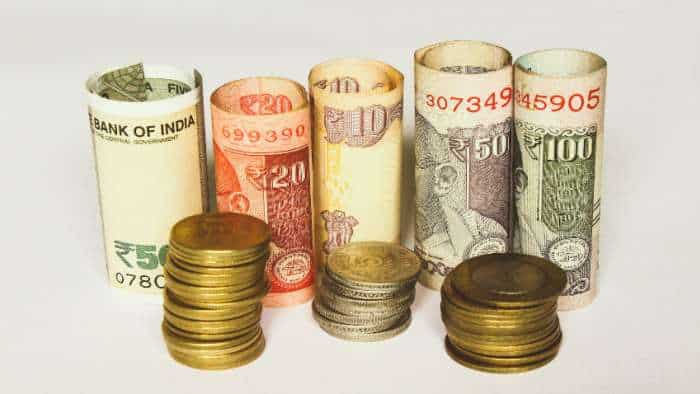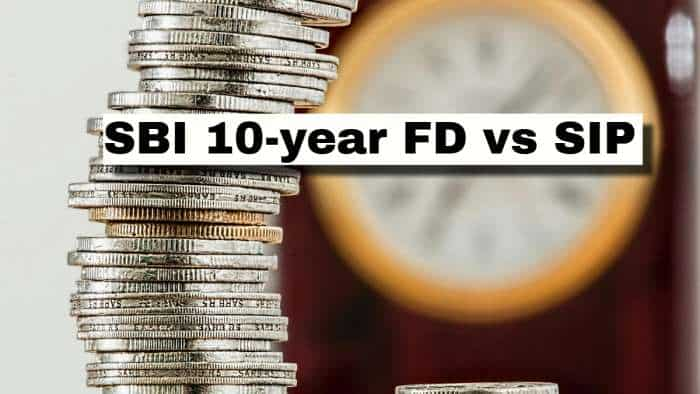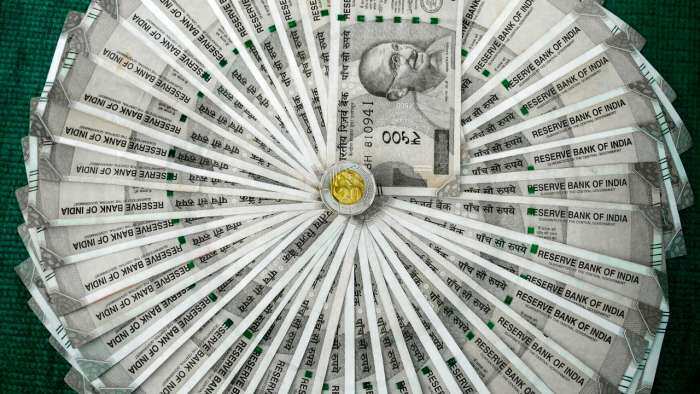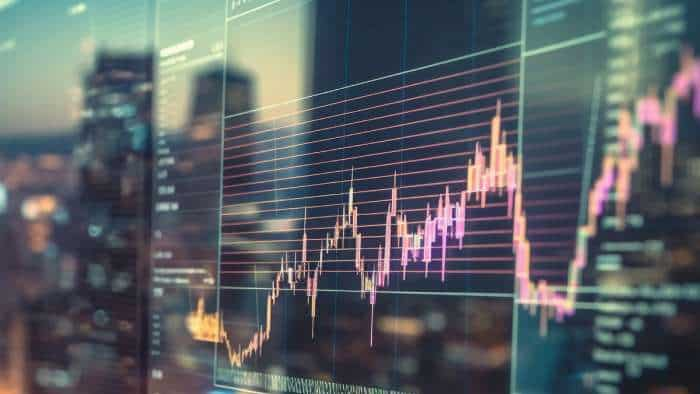Emerging markets vulnerable to fund outflow post Fed hike: Moody's
Moody's also said that the spillover effect may manifest itself in different ways.

The interest rate hike by the Federal Reserve reflects a strengthening US economy that will benefit emerging market economies but also make them vulnerable to volatile capital flows, Moody's Investors Service said on Thursday.
"A resurgence of heightened cross-border capital flow volatility in response to the Fed's tightening could have negative spillovers for those with large external funding needs, high leverage, macroeconomic imbalances, or uncertainties around politics and policies," it said.
The interest rate hike reflects a strengthening US economy that should continue to expand through 2018 and emerging markets exporters will benefit if US growth translates into higher import demand.
"While the impact of the rate increase on the US economy will be negligible, emerging market economies with large external funding needs and macroeconomic imbalances could be vulnerable to capital outflows," it said.
Moody's expects the Fed to tighten rates at a very gradual pace, with two to three more increases pushing the fed funds rate to around 1.25% to 1.5% by the end of 2017.
"The impact of a higher fed funds rate will likely be more noticeable in some emerging market economies than in the US," said Madhavi Bokil, Vice President and Senior Analyst at Moody's.
While emerging market economies could benefit from a strengthening US growth if it stimulates demand for exports, they could also suffer if higher US rates lead to a more sustained re-pricing of financial assets and tighter global financial conditions.
"The most direct impact will be felt in those economies that have high external financing needs relative to their foreign exchange earnings and reserves," it said.
Moody's also said that the spillover effect may manifest itself in different ways. For instance, in some cases, a pronounced currency depreciation could lead to higher inflation, which along with the threat of sustained capital outflows, could force central banks to raise interest rates.
With economic growth picking up since the middle of the year, the US Federal Reserve raised interest rate yesterday -- the second time in a decade. It had last hiked rates in December 2015.
Get Latest Business News, Stock Market Updates and Videos; Check your tax outgo through Income Tax Calculator and save money through our Personal Finance coverage. Check Business Breaking News Live on Zee Business Twitter and Facebook. Subscribe on YouTube.
RECOMMENDED STORIES

LIC Saral Pension Plan: How to get Rs 64,000 annual pension on Rs 10 lakh one-time investment in this annuity scheme that everyone is talking about

Rs 1,500 Monthly SIP for 20 Years vs Rs 15,000 Monthly SIP for 5 Years: Know which one can give you higher returns in long term

LIC Saral Pension Plan: How much should you invest one time to get Rs 64,000 annual pension for life?

Income Tax Calculations: What will be your tax liability if your salary is Rs 8.25 lakh, Rs 14.50 lakh, Rs 20.75 lakh, or Rs 26.10 lakh? See calculations

8th Pay Commission Pension Calculations: Can basic pension be more than Rs 2.75 lakh in new Pay Commission? See how it may be possible

SBI Revamped Gold Deposit Scheme: Do you keep your gold in bank locker? You can also earn interest on it through this SBI scheme
12:03 PM IST











 Rupee falls 12 paise to all-time low of 85.06 against US dollar in early trade
Rupee falls 12 paise to all-time low of 85.06 against US dollar in early trade FPIs return to Indian equities; infuse Rs 22,766 crore in first two weeks of December
FPIs return to Indian equities; infuse Rs 22,766 crore in first two weeks of December FPIs return to Indian equities with Rs 24,454 crore inflow in December first week
FPIs return to Indian equities with Rs 24,454 crore inflow in December first week Federal Reserve sees some progress on inflation but envisions just one rate cut this year
Federal Reserve sees some progress on inflation but envisions just one rate cut this year No hurry to cut interest rates, US Fed Chair indicates
No hurry to cut interest rates, US Fed Chair indicates